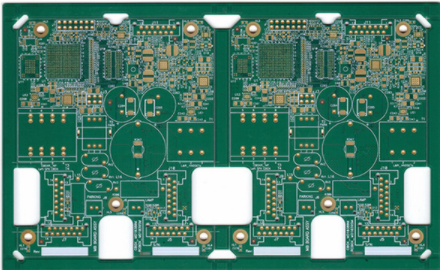Circuit board design is a very time-consuming and time-consuming task. Any problem requires engineers to check the entire design on a component-by-component basis. It can be said that the design requirements of the circuit board are as good as the chip design.
A typical PCB design process includes the following steps:
The first three steps take the most time because the schematic check is a manual process. Imagine an SoC board with 1000 or more connections. Manually checking each connection is a tedious task. In fact, it is almost impossible to check every connection, which may cause problems in the final board, such as incorrect connections, floating nodes, etc.
The schematic capture stage usually faces the following types of problems:
Underscore error: for example, APLLVDD and APLL_VDD
Case question: such as VDDE and vdde
Spelling mistakes
Signal short circuit problem
there are more......
In order to avoid these errors, there should be a way to check the complete schematic within a few seconds. This method can be realized by schematic diagram simulation, which is rare in the current circuit board design process. Schematic simulation allows you to view the final output on the desired node, so it automatically checks for all connection issues.
The following is explained by project examples. Consider a typical circuit board block diagram:
How to reduce PCB design errors and improve your design efficiency in PCB layout

In a complex circuit board design, there can be thousands of digital connections, and few changes may waste a lot of time for inspection.
Schematic simulation can not only save design time, but also improve the quality of the circuit board and improve the overall process efficiency.
A typical DUT has the following signals:
After some pre-adjustment, the device under test will have various signals and various modules for signal adjustment, such as voltage regulators, operational amplifiers, and so on. Consider an example of a power signal obtained by a voltage regulator:
In order to verify the connection and perform an overall inspection, schematic simulation was used. Schematic simulation includes schematic creation, test platform creation and simulation.
During the creation of the test platform, the stimulus signal is sent to the necessary input, and then the output is observed at the signal point of interest.
The above process can be realized by connecting the probe to the node to be observed. The node voltage and waveform can indicate whether there are errors in the schematic. All signal connections are automatically checked.
How to let PCB manufacturers reduce errors in PCB design and improve their design efficiency
Let's take a look, the detected nodes and voltages are clearly visible:
So with the help of simulation, we can directly observe the results and confirm that the schematic diagram of the PCB board is correct. In addition, it is possible to investigate design changes by carefully adjusting stimulus signals or component values. Therefore, schematic simulation can save a lot of time for circuit board design and inspection personnel, and increase the possibility of design correctness.